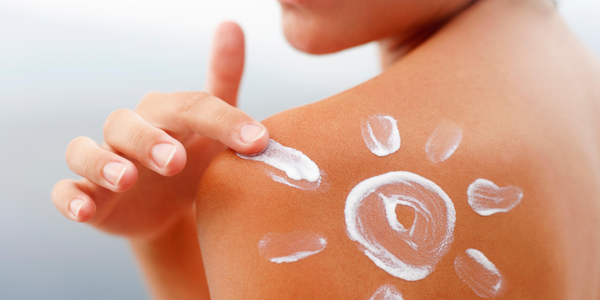
011: Brush or floss first?
January 2, 2024 by Ashley Madden
What comes first?
Keeping your teeth and gums healthy involves two essential steps: brushing and flossing. But the order in which you do them might seem unimportant. Yet, it can actually make a big difference in maintaining good dental hygiene and preventing issues like bad breath, cavities, gum disease, and tartar buildup.
Why is flossing important?
Understanding the significance of flossing is crucial before discussing its order in your routine. Cavities often form in hidden areas between teeth, where leftover food creates 'interproximal caries,' leading to most tooth decay. Despite regular brushing, many overlook flossing, yet it's as vital as brushing—if not more—in maintaining good dental hygiene. Recent studies suggest that flossing before brushing is the most effective way to eliminate plaque, bacteria, and food particles from your mouth.
Flossing serves to remove trapped food particles between teeth, which regular toothbrushes struggle to reach due to varying bristle textures or sizes. These bits stay untouched and are only expelled when flossing follows brushing. Flossing before brushing was discovered to boost fluoride delivery from toothpaste, fortifying tooth enamel against decay.
Begin with our natural floss pick for an efficient and enjoyable experience. Follow up with brushing and ideally complete your dental routine with our mouthwash tablets.
How to floss properly:
Floss gently between each tooth, reaching just below the gumline to clear away hidden debris. Glide the floss along the outer surface of each tooth, ensuring a thorough clean for a fresh and clean feeling afterward.
Prioritize flossing at the beginning of your daily dental care routine.
This helps clear debris and readies your teeth for a comprehensive cleaning with a flexible brush and fluoride toothpaste. Consistently following this oral hygiene routine—flossing and brushing twice daily, preferably in the morning and evening—offers numerous benefits for your dental health.

